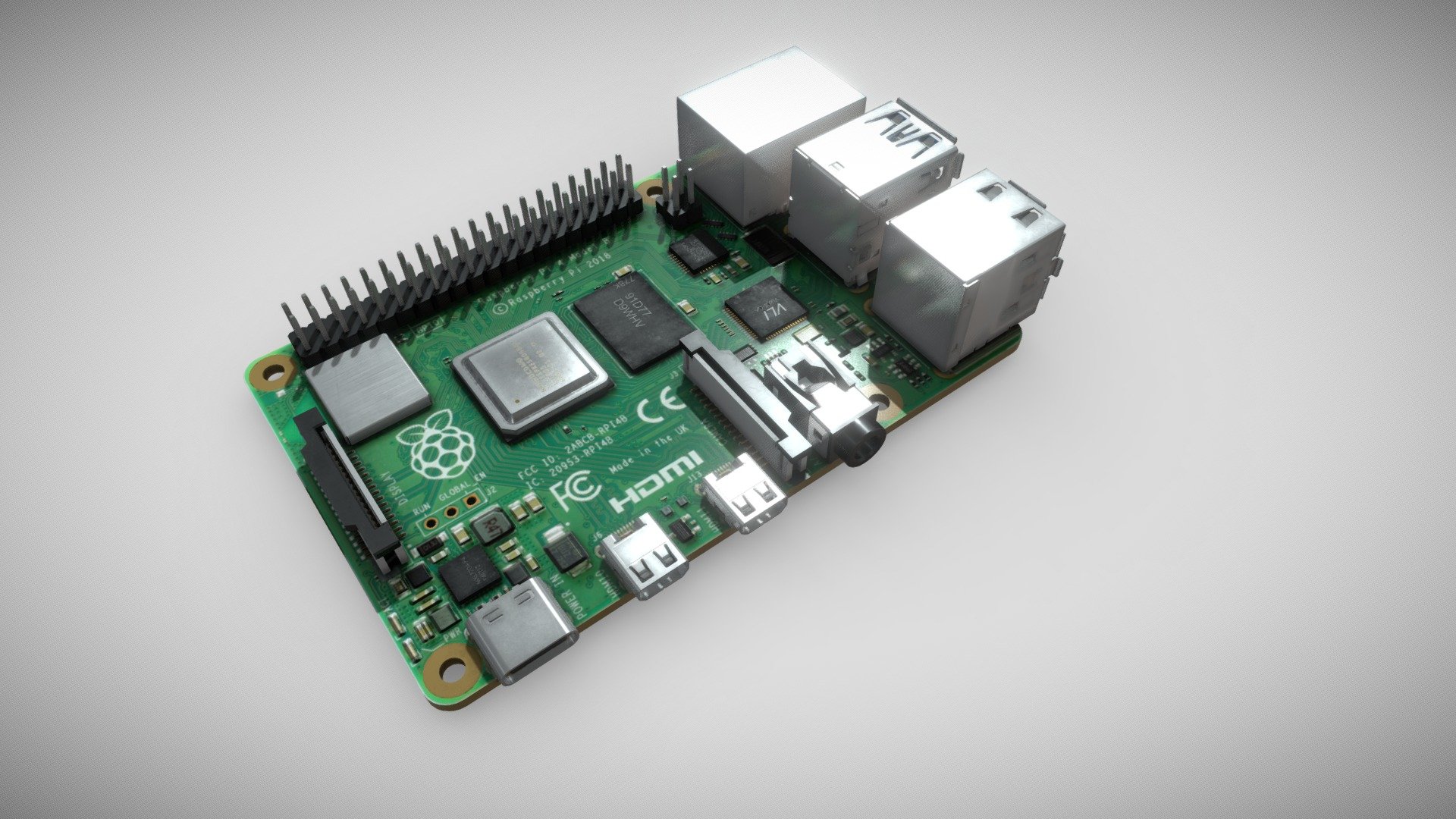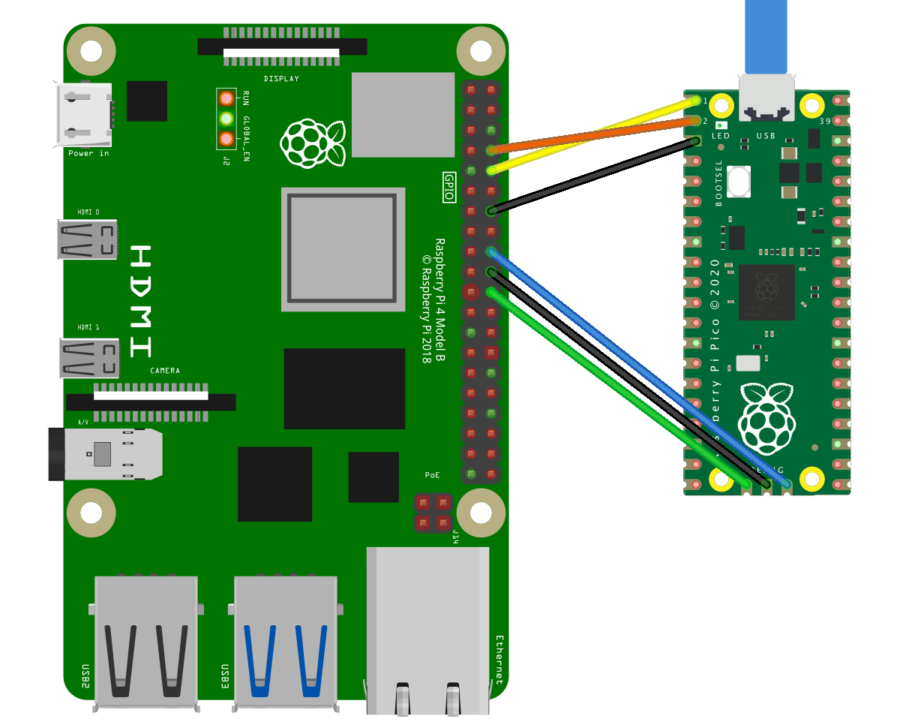
- PUTTING A WEBSCRAPER ON RASPBERRY PI HOW TO
- PUTTING A WEBSCRAPER ON RASPBERRY PI INSTALL
- PUTTING A WEBSCRAPER ON RASPBERRY PI DOWNLOAD
- PUTTING A WEBSCRAPER ON RASPBERRY PI TORRENT
PUTTING A WEBSCRAPER ON RASPBERRY PI TORRENT
If you don’t have ROMs, there are a lot of things you can do: just remember that getting ROM packages from Torrent sites such as ThePirateBay, YTS, 1337x, Rarbg, Torrentz2, EZTV, Limetorrents and so on is illegal and might led you to prison.

In other words, you just have to transfer the ROMs to these folders.
PUTTING A WEBSCRAPER ON RASPBERRY PI INSTALL
Right after the controllers setup phase you have to get and install the ROMs into your Raspberry Pi, otherwise your emulators wouldn’t be able to run anything: more specifically, EmulationStation – the emulator Front-End software shipped with RetroPie – will automatically scan a predefined sets of folders to check if there are available ROMs: as soon as they’re added to their respective ROM folders, they will become visible (and playable). When you get to OK press the button you have configured as “A”. If you don’t have buttons, just hold down any button to skip it. Just follow the on-screen instruction to configure your controls. Eventually, you’ll be welcomed with the following screen: The first boot will be quite slow, as the OS will have to adjust the filesystem and perform some one-time tasks. If you need additional info, see the official Raspberry Pi “WRITING AN IMAGE TO THE SD CARD” instructions.Īs soon as you’ve installed RetroPie, put the SD Card into your Raspberry Pi, be sure that both the Joystick USB cables are properly setup, and then turn the power on. If you’re using Linux, you can use the dd terminal command or Etcher.If you’re using a MAC, use Apple Pi Baker.If you’re using Windows, use Win32DiskImager.Install the RetroPie SD image on your MicroSD card using a MicroSD card reader and the following software, depending on the OS you’re using on your operating PC:.img file, which contains the RetroPie SD image. gz file using a program such as 7-Zip: you should end up with a.
PUTTING A WEBSCRAPER ON RASPBERRY PI DOWNLOAD

The BIOSes, just like the ROMs, are also copyrighted and are therefore are not included with RetroPie. If a BIOS is required, the emulator’s page will say so.
PUTTING A WEBSCRAPER ON RASPBERRY PI HOW TO
What is a BIOS?Ī BIOS is a small piece of software that tells hardware how to work: many emulators require a BIOS to properly emulate their system, thus requiring us to supply a BIOS file. ROMs are copyrighted content and as such are not included with RetroPie. Loading up a ROM in an emulator is the equivalent of putting a cartridge, a tape or a disk in a game console (such as the Super Nintendo) or a gaming computer (such as the Amiga). ROMs are single-file packages containing digital versions of game cartridges, tapes, disks, laser-discs or any other physical (or digital) format. In few words, it’s everything that we need to run the games, minus two things: the game ROMs and the system BIOS.įor additional info regarding these great software tools, check out the RetroPie official docs or the EmulationStation project website. Additional emulators may be installed from within the RetroPie GUI.

It’s a pre-installed and pre-configured build of RetroPie with many different emulators managed through EmulationStation, a graphical emulator Front-End that can be used with joysticks only (i.e. Additional emulators may be installed from within RetroPie. The RetroPie SD image comes pre-installed with many different emulators. What is an Emulator?Īn emulator is software that makes a computer behave like another computer: in our current scenario, the “emulator” will be our Raspberry Pi with a RetroPie SD Image installed on it: such software will make our Raspberry Pi to behave just like a video game arcade or console. In case you don’t know the basic concepts of emulation, here’s a quick recap of the most important terms we’ll use throughout this guide: if you already know the basics, just skip to the next paragraph. In this post we’ll put the cabinet aside and focus on RetroPie, an open-source software that allows us to turn a Raspberry Pi (or even a standard PC) into a retro-gaming machine: we’ll talk about ROMS, BIOS, connecting to Linux, EmulationStation, Scraper & Scraping tools, and much more!

In case you’ve missed the previous posts, here are the links to the whole guide: Welcome to the final part of my six-post long Arcade Bartop DIY tutorial.


 0 kommentar(er)
0 kommentar(er)
